Here is a related information from wikipedia:
For touchtone service, the signal is a dual-tone multi-frequency signaling tone consisting of two simultaneous pure tone sinusoidal frequencies.
Above shows that if one pushes number 1 he sends the mix of 697Hz and 1209Hz to the telephone station/center through a wire.
My questions are:
What is the practical reason or advantage to mix two signals instead of a single pure tone?
Is there a reason to use such frequencies like 1209Hz which do not belong to any music tones(modern western twelve-tone equal temperament)?
